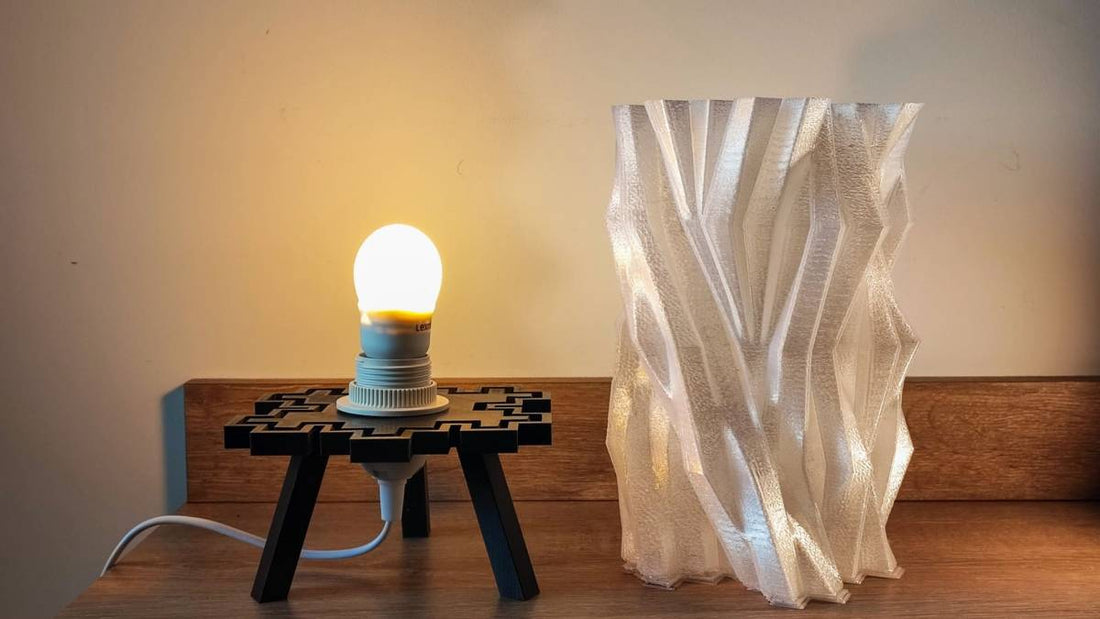1. Metal Matters:
When it comes to lamp bases and frames, metal is a popular choice. Not only does it impart a sense of durability, but it also offers versatility in design. Brass, steel, and aluminum are common metals used in lamp construction. Brass provides a timeless and elegant look, while steel offers a modern and sleek aesthetic. Aluminum, known for its lightweight properties, is often used in contemporary designs. When selecting a metal lamp, pay attention to the finish as well; options like brushed nickel, matte black, or antique bronze can significantly impact the lamp's visual appeal.

Wood lends a warm and natural feel to lamps, making them an excellent choice for those seeking a touch of organic charm. From classic oak to exotic woods like teak or mahogany, wooden lamp bases and accents can complement various interior styles. Pay attention to the craftsmanship and finish of the wood; a well-finished wooden lamp can be a timeless addition to your decor. Additionally, consider how the wood complements other elements in your space, ensuring a harmonious blend.

Ceramic lamps add an artistic and often handcrafted touch to a room. These lamps come in an array of colors, patterns, and textures, making them a versatile choice for diverse design schemes. When assessing ceramic lamps, examine the glaze quality and surface finish. A smooth, even glaze not only enhances aesthetics but also reflects quality craftsmanship. Ceramic lamps work well in both traditional and contemporary settings, allowing you to express your personal style with flair.

Glass lamps exude sophistication and can be a focal point in any room. From clear glass to stained or frosted options, the possibilities are vast. Look for lamps with high-quality glass that is free from imperfections, ensuring a crystal-clear or intentionally textured appearance. Glass lamps often allow for a play of light, creating captivating effects in your space. Be mindful of the fragility of glass and choose locations where the lamp is less prone to accidental bumps.

Lampshades, typically made from fabric, greatly influence the overall look and feel of a lamp. Consider the type of fabric used and how it complements the base. Linen, cotton, or silk lampshades are popular choices, each offering a different texture and light diffusion. Additionally, examine the construction of the shade – a well-constructed shade ensures even light distribution and longevity. Remember that fabric shades may require occasional cleaning or replacement to maintain their freshness.

6. Plastic Considerations:
While not as commonly associated with high-end designs, plastic lamps have their place, especially in modern and budget-friendly decor. When opting for plastic, look for high-quality, durable materials that mimic the appearance of more traditional options. Consider translucent or frosted plastic for a contemporary vibe. Plastic lamps can be an excellent choice for those seeking an affordable and lightweight lighting solution.

7. Sustainable Options:
With a growing emphasis on sustainability, consider lamps made from eco-friendly materials. Bamboo, recycled glass, or sustainable woods are gaining popularity in the lighting industry. These materials not only contribute to a greener environment but also add a unique and ethical dimension to your home decor. Look for certifications or labels that indicate a commitment to sustainable and eco-conscious manufacturing practices.
The materials used in a lamp's construction significantly impact its aesthetic appeal, durability, and overall quality. By considering the characteristics of metal, wood, ceramic, glass, fabric, plastic, and sustainable options, you can make an informed decision that aligns with your design preferences and values. Ultimately, choosing a lamp is not just about brightening a room; it's about curating an atmosphere that reflects your personal style and enhances your living space.


